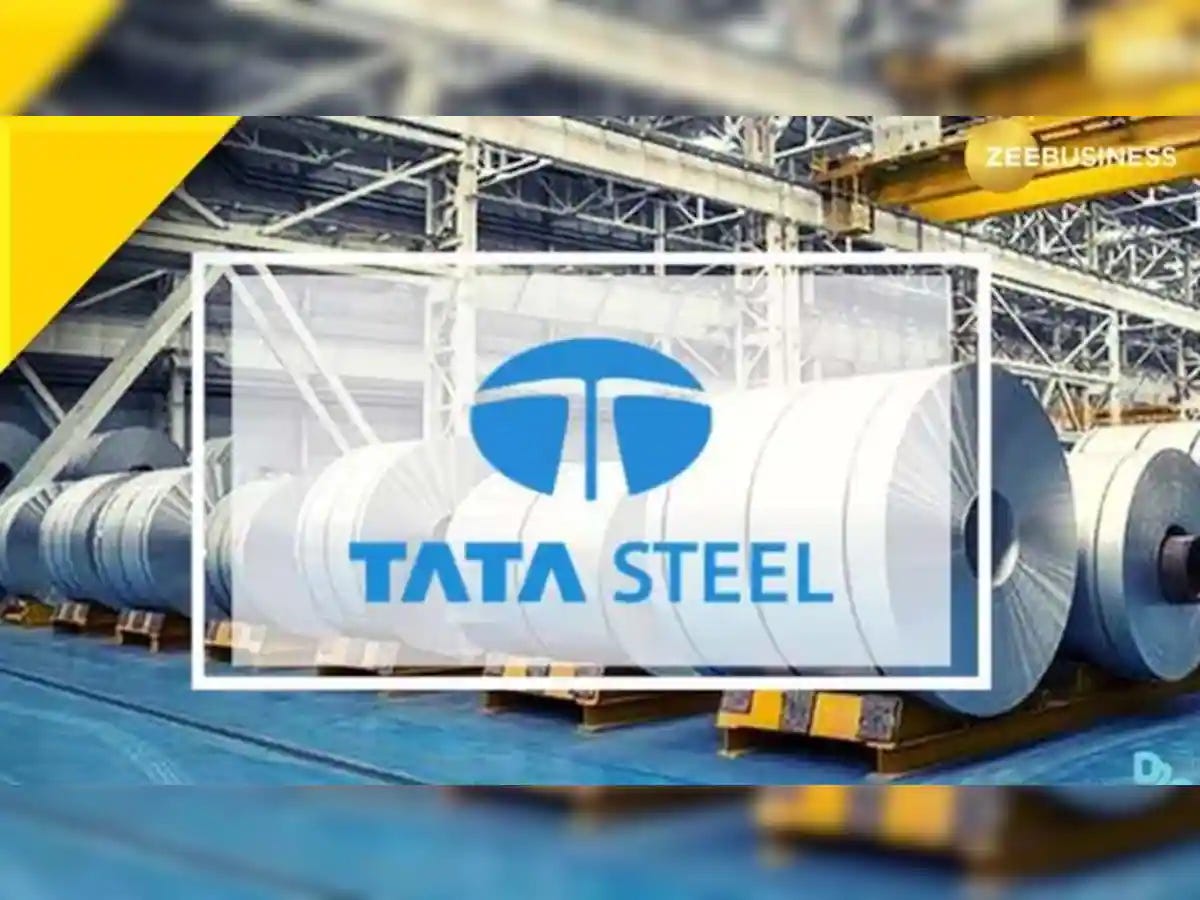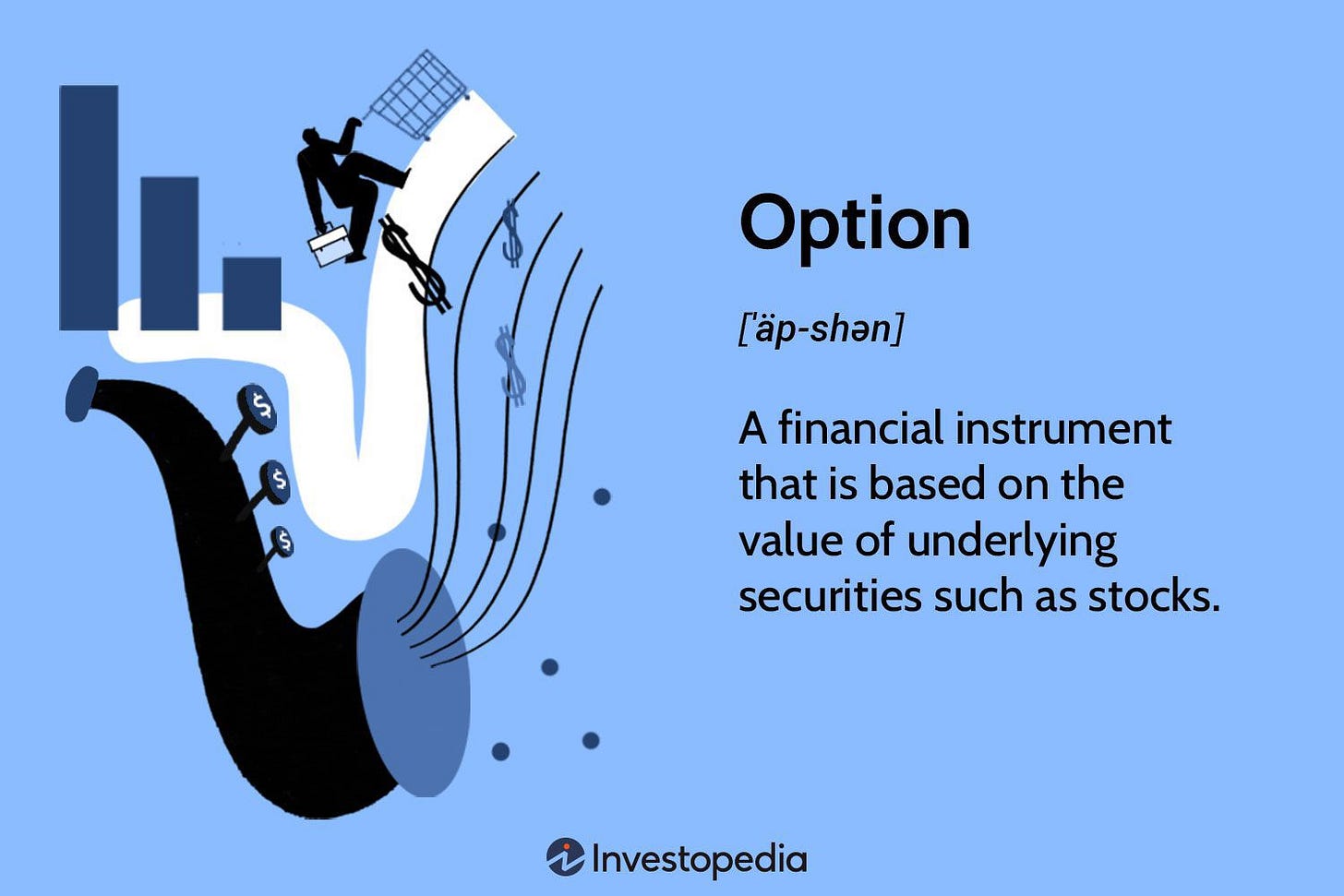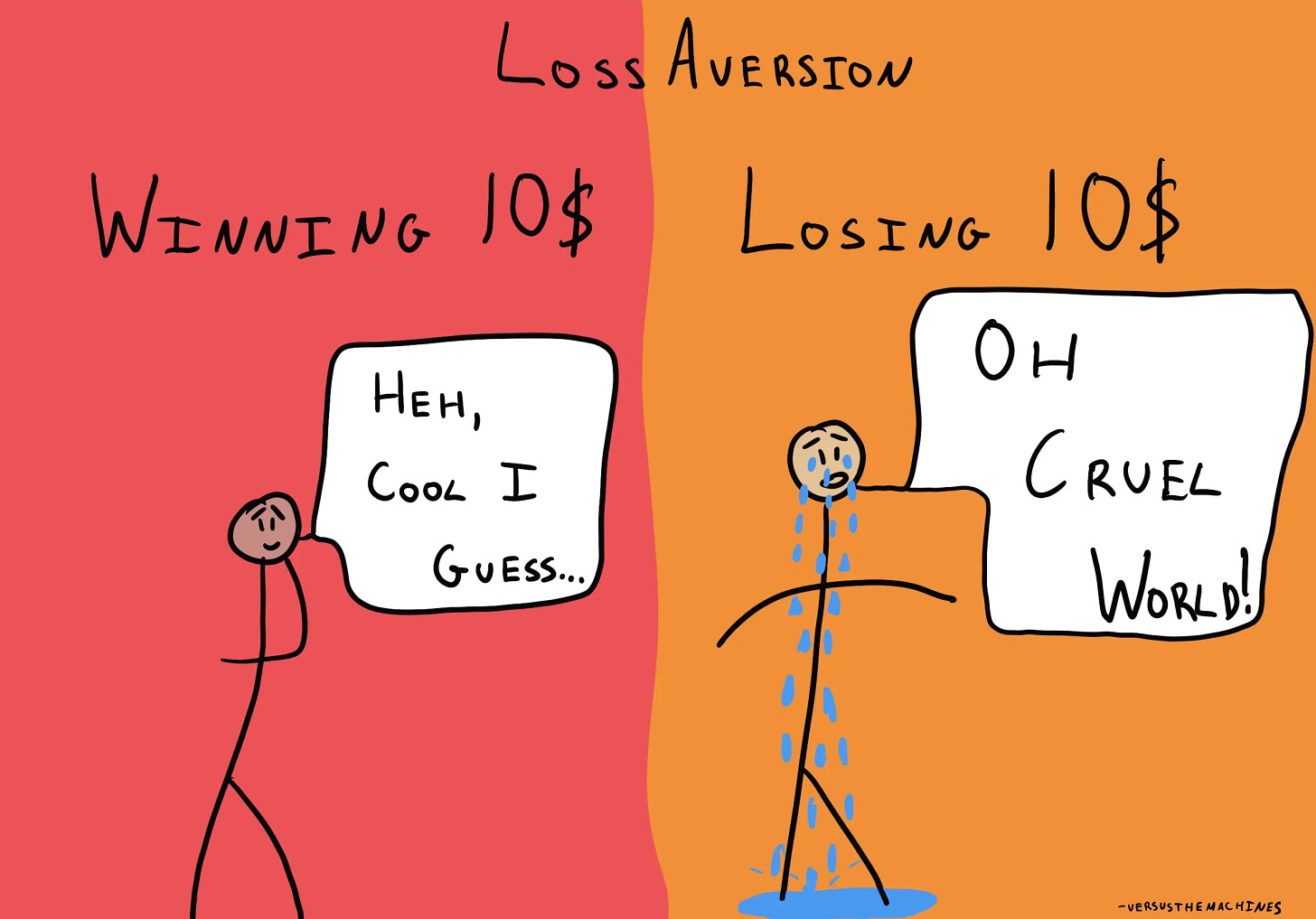In my post on Origin Story and Energy, I shared a framework that I enjoy applying in my exploration of the world of investing. In essence, this approach is to look for assets / situations with considerable dormant / potential energy and figure out if there is a trigger in the form of an activation energy that unlocks this potential.
While writing the article, I began ruminating on the source of this model. What was my origin story behind this framework? How did my mind come up with this approach?
It helps to have a lot of free time and a lot of curiosity - you can pursue all sorts of thoughts and tell your spouse you were ‘working’.
The Origin of Laws and Frameworks
Let us come back to the origin story of the investing framework. When thinking about the subject, a talk by the eminent physicist Richard Feynman popped into my mind. I enjoy listening to Feynman purely for how he explains profound ideas in simple words. One of my favourite videos is one where he explains ‘The Scientific Method’. Here is the video:
In this he corrected a huge misconception that I suffered from for most of my learning life. There was so much theory that was pound into my head at school and by myself that I ended up believing that laws and theory came first, and nature & observations came next.
It is obvious to me now - this belief was absolutely wrong. If your theory disagrees with nature or reality, it is your theory that is wrong, and not reality. Reality is reality, and by definition cannot be wrong.
The approach to formulating any theory or framework is thus to begin with a working hypothesis, based on some observations of nature or reality. Then you reason out the consequences of your hypothesis, and then you compare that with reality and so on.
But the first step has to be an observation of an event. And here is where the trade on the Tata Steel partly paid instrument comes in.
Tata Steel Partly Paid
Two of my friends - Manan and Arpit - were supremely influential in my thinking and acting on this opportunity. The learning I gained from this opportunity is dedicated to them. Manan shared the opportunity in Apr-May 2020 - in almost the immediate aftermath of Covid, and Arpit was instrumental in helping us think about the odds of the situation.
Investors who lived through the Covid meltdown would remember it to be an absolutely chaotic time. There was tremendous loss of life, and panic around the world. Life was extremely painful in the markets as well.
By 2020, I had been investing full time for around 4 years, and my portfolio was deep in the red. By March 2020, I was successful in reducing my family’s total wealth by 60% (that takes some skill too :-)). This at the time my wife and I were expecting our first kid. Needless to say, my emotions were all over the place. It was hard to think straight or rational.
To top it all, I had still not figured out a framework that aligned with my self (or sang to my soul). In investing, I was following various frameworks set down by various teachers including Graham, Buffett, Munger, Prof Bakshi among others. I enjoyed the process of research and figuring out outcomes, but I made my bets based on a ‘formula’ which I did not ‘feel in my bones’.
It was at this juncture that the partly paid bet came along. This is one of my most treasured case studies.
Rights issue
This can get technical.
Tata Steel came out with a rights issue in Jan 2018. It consisted of Rs. 9,000 cr worth fully paid shares at Rs. 510 and ~Rs. 4,000 cr worth 25% partly paid shares at the price Rs. 615 (Rs. 154 to be paid upfront and remaining Rs. 461 to be paid at the time of the final call).
Here is the rights issue document - Link.
How does a partly paid rights issue work? Basically, the share is split into 2 or 4 portions, and the subscriber to the rights issue pays only a part in the beginning (hence the term ‘partly-paid’) and the remaining is called at a specified due date.
In the Tata Steel rights issue, Rs. 4,000 cr worth 25% partly paid shares were being issued. These partly paid shares were to be listed in the stock exchanges (liquidity risk mitigated) and were eligible for dividends (on a proportionate basis) as well.
There was one thing that stood out to me - the fully paid shares were to be issued at Rs. 510 and the partly-paid shares at 615 (roughly 20% higher). The remaining amount (Rs. 461) on the partly paid was to be called down the line at some point in time.
The instrument and the price seemed strange. How does the company know if the stock price would be available at that price ? What would happen if the stock is below that amount ?
That is exactly what happened. In hindsight, it was clear that the rights issue came out right at the time the stock hit its peak. The stock was on an uptrend for ~2 years from 2016, and went from Rs. 220 to hit its peak at Rs. 730 in Jan 2018. Then the DHFL crisis and general weakness hit the market.
And then Covid hit.
At the time we got interested in the PP instrument (which was two-and-a-half years after the instrument was issued), the main stock was trading at around 300-350. But the PP (Tata Steel Partly Paid) was trading at 30-35! This was interesting - a 25% partly paid, should ideally trade for 25% of the stock price but it was priced at 10% of the stock price.
Here was leverage of a beautiful variety - the PP was like an option on the main share. If the Tata Steel share moved towards the strike price of 615 from 300 (~2x), the value of PP would move from 30-35 to 154 (a 5x return).
Before we move further, let’s get some context on Tata Steel. Set up in 1907, it is one of the crown jewels and one of the oldest surviving companies in the Tata Group. The Indian operations of Tata Steel is one of the most efficient steel making units in the world. It had a dividend paying track record of decades. It was a global entity with operations in UK (which was a drag on the consolidated earnings) and Netherlands. At the time, we were considering our investment, it was paying a dividend of 4 per share. PP holders got a proportionate dividend of 1 per share, which worked out to a >3% dividend yield.
In short - we had a large business that survived more than a century, had balance sheet strength to survive Covid and had a long history of dividend payment. We were getting to participate in the business at a time of pain (Covid) via a unique instrument that gave us a lot of leverage. And there were optionalities - there were talks of a resolution of the international steel assets (that were not as efficient); there was possibility of mean reversion in steel cycle (steel prices had begun rising).
It was an asymmetric bet - for 10% gain in the main stock, we would make 2-2.5x gain on the underlying instrument; but if the main stock corrected by 10%, the correction in PP would be lower as it was already trading at a compressed multiple of the stock price.
However, there were risks!
Time risk - What would happen if the management does not call the instrument at all? For how long would we have to hold the instrument? This was an important risk - the investment was based on the structure of the opportunity and I did not have any specific insights on the steel industry as such. Time was thus a major risk.
Can the management call the PP before the share price hits 615? This was a huge risk. If the management calls the share at the time we were evaluating the share - when the share price was around 350 - the value of the PP instrument collapses to 0. This is because, as per the terms of the issue, the amount to be paid at the time of the final call was 461 (for the remaining 75% of the share). Obviously, no rational member would do this as one could buy the whole share for 350.
It is the nature of investing that some risks become evident AFTER we make the investment. The second risk mentioned above was pointed out to me, and when I realised it was technically possible, I panicked. (It was still Covid time and my portfolio was still in red - it did not take much to panic me).
But, further developments in the conference calls and the annual general meeting (of 2020) addressed the above risks.
For one, in the 4Q2020 conference call, the Managing Director publicly mentioned that they wanted to resolve the partly paid shares in the next one year.
The company also clarified that they were not allowed to raise additional equity till the issue was resolved. Apparently the company wanted to call the partly-paid in 18 or so months after issuance, but because the stock was below the issue price, they could not do so. And by May 2020, it was 2 years and 3 months after the issuance of the shares and one could sense the urgency in the company to resolve it.
Conversations with the Secretarial Department and also the comments in the AGM gave us comfort that the Tata Group would not call the partly-paid shares when they were so deeply out of the money. For the Tata Group, their reputation is everything. Calling the shares would mean that the entire partly-paid investment of the minority shareholders would get wiped off; and this was against the ethos of the group.
This clinched it.
Randomness - a friend or enemy
One way to practice investing is to do everything possible to protect the downside, and then let the upside take care of itself.
When it became clear that the company would do everything possible to do the ‘right’ thing and not just the ‘legally right’ thing, the downside was protected. The dividend gave further downside protection. The management’s intent to resolve the issue as soon as feasible was additional protection.
In such cases, where the outcome is uncertain, but there is strong protection of the downside, randomness and time can be great friends. We did not know what would happen, but we knew the downside was protected, and there was a good probability it would be resolved in a year. We had no idea what the resolution would look like though.
So there was downside protection, and there was a time stop of around a year - in such a scenario, our assumption was that randomness, on balance, would be our friend - basically, we were positioned for good luck.
Now, a small tangent. When is randomness an enemy? In my view, a couple of common examples are- when a stock is richly valued or when the company is highly levered. A stock at high valuation implies the market believes everything will go right for the company. And a highly levered business will require everything to go right for the foreseeable future. It is obvious that the world is a complex place - all sorts of things happen like wars, earthquakes, deaths, regulatory issues, interest rate hikes, etc. In such a scenario, Murphy’s law - anything that can happen, will happen - is an enemy more than a friend on balance.
Coming back to the Tata Steel case study.
The skeletal structure of the mental model I referred to in the beginning of the post becomes evident now.
The Tata Steel Partly Paid instrument had huge potential energy due to the structure of the situation. There was a non-linear connection to the main stock of Tata Steel. The time of the investment (Covid) coupled with the dividend yield gave downside protection. There was a trigger / activation energy in terms of the limited time horizon in which it would be resolved.
There was uncertainty - how will the resolution happen? When exactly would it happen? What shape would it take? But these questions did not matter so much - as the downside was protected and the incentives of the management were to resolve it in a fair manner as soon as possible.
Epilogue
At one position sizing, we own the position; at another position sizing, the position owns us
So what did I do?
I took a large position (relative to my personal wealth) in the situation. It was a dynamic situation with a lot happening. The situation was not as clear then - my mind and emotions were volatile and in turmoil. And it was not the kind of investment I made previously - so additionally, there was that unfamiliarity.
Today, in hindsight, it seems rational and straightforward. At the time, there was a raging torrent of emotions - both greed (of the money to be made) and fear (what if I lose everything, Covid recency caused fear as well).
But luckily, many events that happened were in favor -
Market recovery from Covid happened more favourably than expected. Rising tide lifts all boats and this acted positively on the share price.
Steel prices were showing strength which helped the perception.
There was positive news on the foreign assets (that it could be sold) which acted as an additional boost to the stock price.
The net result was better than we originally anticipated. When the Tata Steel stock went up, the PP went up faster and eventually beyond our expectation. The first time we saw the stock, it was trading at 30-35 and in a few months it hit a peak of 270. From 10%-12% of share price, the PP traded at more than 35% of the main share price!
However, I did not / could not stay around for long. The emotional pressure was just too much.
As mentioned previously, it was a large position on what I considered was a good risk-reward opportunity. But it is one thing to say - Bet big when odds are in favor - and quite another thing to live through it.
A mentor of mine once told me - at one allocation, you own the stock; and at another allocation, the stock owns you.
I believe there are three types of capital that we invest when we invest our money. First, there is the obvious monetary capital - the money that we put behind a position. Second, there is time capital - the amount of time that is spent in maintenance of the position. And third, there is mental capital - this is the amount of mental space the position occupies in our minds.
The real investing world is more non-linear than we think. We might have x% capital allocated in a stock, but the actual mental space occupied would be a large multiple of x%. This is what happened in Tata Steel PP.
After I bought the stock, it ran up quicker than expected and I experienced an extreme case of loss aversion. I was afraid of losing the profits that accrued in the position. It was also playing on my mind that I had not had a major win in investing in a long time. I was itching to get out of the position with a win and did not have the stomach to stay put.
It is a counter-intuitive conclusion to draw - but I think I might have made more money in the situation if I had smaller allocation. At a smaller allocation, my loss aversion might have been milder which would have allowed me to ride the position for longer.
Or alternately, a practice I follow now is to take some money of the table in special / cyclical cases like this (thanks to Arpit). If the thesis is playing out, it might make sense to take some profit. Taking some profit in such situations results in an immense, non-linear release of mental capital. I have observed this happen to me multiple times - let’s say a cyclical investment goes up in price and becomes x% position (of my portfolio). Given the cyclical nature, the loss aversion part of me kicks in and the position ends up taking 1.5x-2x% (or more) of my mental capital. In such a scenario, the tendency in the past was to resolve this dissonance by selling out of the position. But a more effective approach that I use now is to say reduce my position by a third. The release of mental capital is immense - I have observed the mental capital investment come down back to x% or perhaps lesser too. Once again it is the asymmetric nature of things coming into play.
This case study, among many others, confirms the idea that at its core, investing is a game of emotions and psychology.
Disclaimer: Please assume that I am not invested in any of the companies mentioned in the post. I love thinking about investing and businesses, and this blog is just an expression of that love.
Thank you for reading the Marshmallow Substack. This post is public so feel free to share it.









